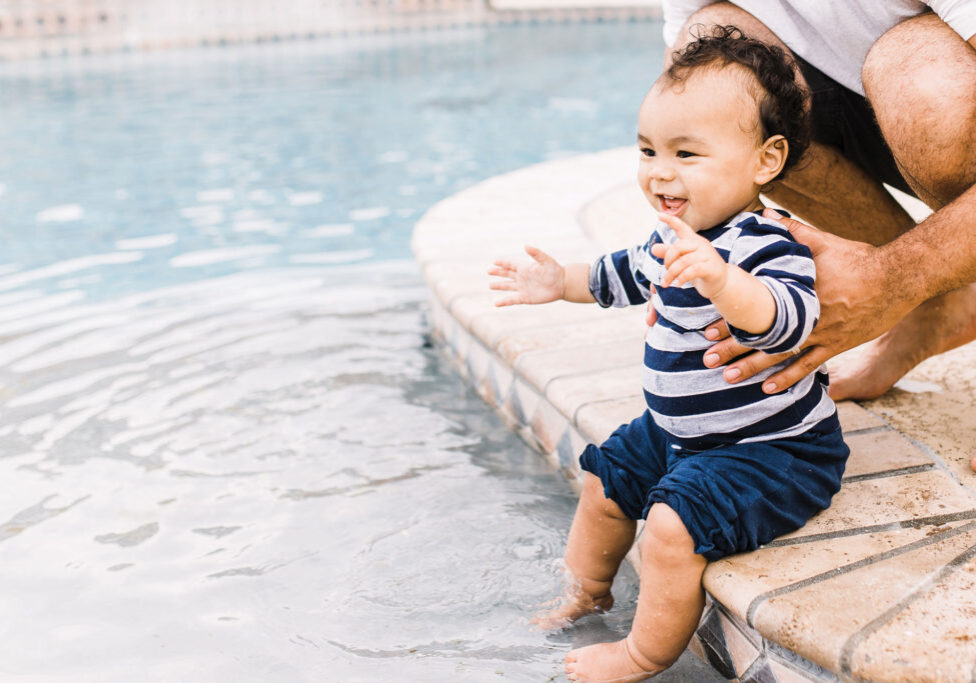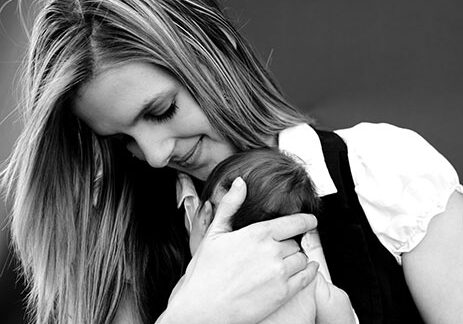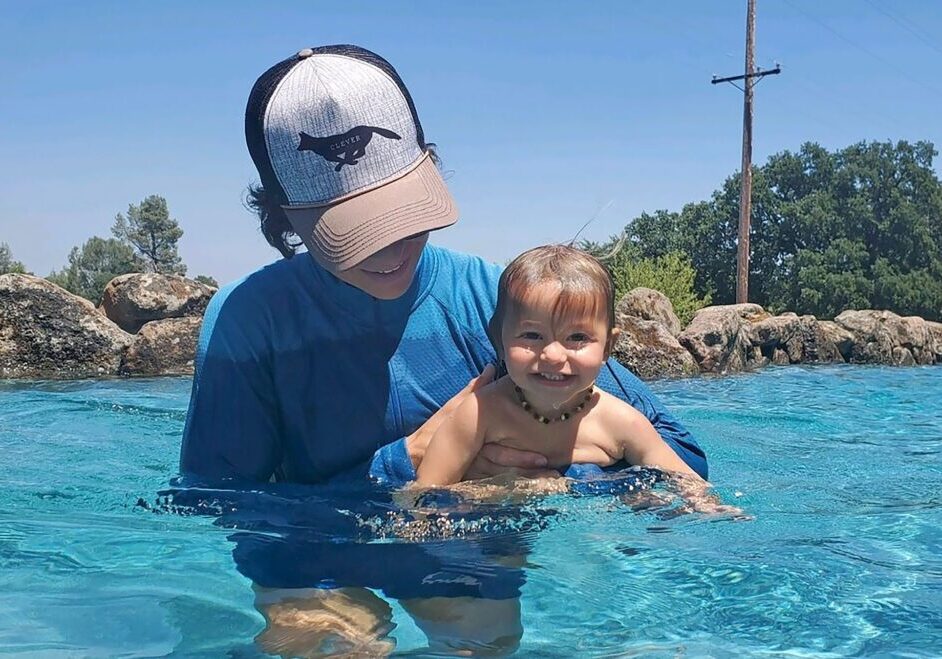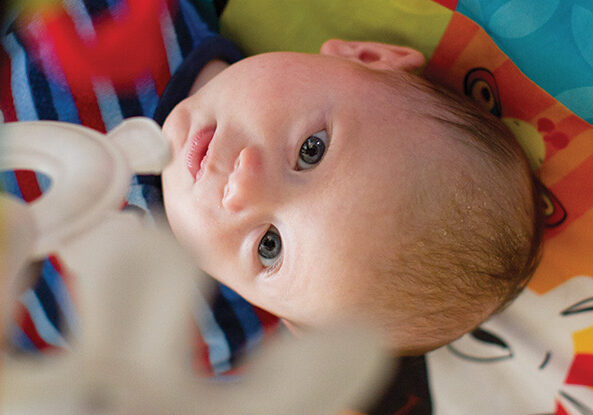The moment your child utters her first word, you’ll probably want to announce it to the world, while quickly marking the occasion in her baby book.
The No stage is completely normal
You probably won’t be so thrilled, however, when her word of choice evolves into the very opinionated word “no.” Although this is a frustrating and challenging stage of development, it is completely normal.
Jen Mann-Li, a mother of two, describes her daughter Sadie, three, as a pro at saying no. “She was a late talker, didn’t really talk until she was almost two, and no was a favorite right away,” Mann-Li says. “She’s very stubborn and will not budge,” she says. “We have a saying that Sadie will ‘die on that hill’ and she does that daily over silly things.”
Laura Murphy is a certified parent coach and president of Real Families, Inc., which helps families work through parenting, marriage and financial issues. The good news is this phase is completely normal and healthy. “The number one job of a two-year-old is to test every physical limit. Pushing physical limits to find out what the adults will do is a natural approach for a toddler. They need to learn those limits,” Murphy says.
Change your approach to change your children
Not only is the word “no” an easy word for toddlers to say, but Murphy believes, “The biggest reason they say it so much is because they hear it so much from everyone else.”
Challenge yourself to see if you can say no without really using the word. For example, if your child asks for a cookie instead of saying, “No, not before dinner” say, “Sure, after dinner.” Doing this will make you more aware of just how often you say no.
“Once we change our approach, we usually notice a change in our children,” Murphy says. Also, talk to your spouse and childcare providers about using other words besides no all the time. But that doesn’t mean you should ban the word entirely. “Say yes as often as possible, and when you say no, mean it,” Murphy advises.
Having a sense of humor doesn’t hurt either. Ingrid Brown has two daughters, four and two, who both went through the “no” phase at around 20 months. “I tried to make a game out of it,” Brown says. “If they said no to everything, I would counter back in a funny voice repeating ‘nooooOOOooo’ right back at them and give them a little tickle.”
Offer two choices
Resistance often begins long before a child utters his first word. “When they’re old enough to start flinging food at you from their high chair, they’re old enough to start choices,” Murphy says.
Barring a dangerous situation like your child refusing to move in a busy street, provide your child with two choices that you like and can live with. “Small choices for the kids, but the adults make the big decisions,” Murphy says. For example, a parent decides on bedtime, but a child chooses between the blue pajamas or red pajamas.
By giving away small decisions to your toddler, she will have a sense of control over her life which will likely reduce negative behaviors such as not listening, running away, resistance, and temper tantrums. If a child refuses to make a decision in 10 seconds, the parent should make it for her, following up with empathy.
Replace anger with empathy
Murphy stresses that empathy is an important component of providing choices to your child. When you replace anger with empathy, she says, you’ll notice a huge shift. For example, when your child doesn’t get something that she wants, say something along the lines of: “I know. It’s a bummer.”
Stay calm in the heat of the moment and decide ahead of time on what things to definitely say no to and what you can say yes to. Also, try making a list of the small choices you can offer your child during those more troublesome times of the day.
Need help?
If your tactics don’t seem effective, seek out an expert like a family counselor to assess the situation. Although a tweak in parenting skills may be all that is needed, an expert can help determine if something more serious is going on with your child.
Weekly parenting tips
For weekly parenting tips from North State Parent’s blogger Kacie Ellis, be sure to follow on Instagram @northstateparent.com and Facebook.
Posted in: Birth and Toddlers
Comment Policy: All viewpoints are welcome, but comments should remain relevant. Personal attacks, profanity, and aggressive behavior are not allowed. No spam, advertising, or promoting of products/services. Please, only use your real name and limit the amount of links submitted in your comment.
You Might Also Like...

Help Me Grow: Empowering Parents In Supporting Their Child’s Development
Parents play an integral role in their child’s development. From the earliest moments in a child’s life, a parent’s warm, responsive nature spurs early cognitive, social, and behavioral development for […]

Postpartum Help Makes for Nurtured Families
Postpartum Help Makes for Nurtured Families Corey Engmann never considered hiring a postpartum doula until she learned she was expecting twins. Feeling overwhelmed and worried about how she would handle […]

Eight Benefits of Doula Support During Labor
Labor and delivery is a lot like free-fall parachuting. You can take classes to prepare. You may file a detailed plan for the (blessed) event. Still, jumping into the action […]

Water Babies: Body, Bonding and Brain Development
“My baby isn’t old enough to walk. How could she learn to swim?” When your baby isn’t old enough to walk, it may seem strange to take them to the […]




